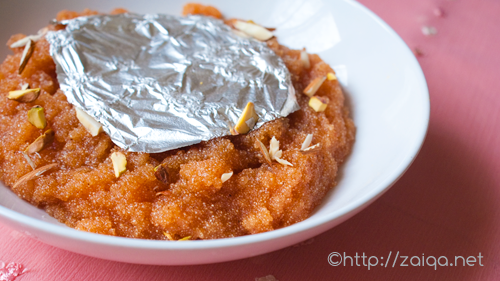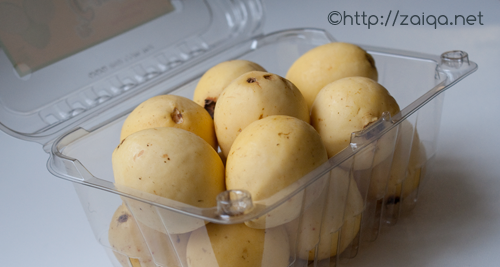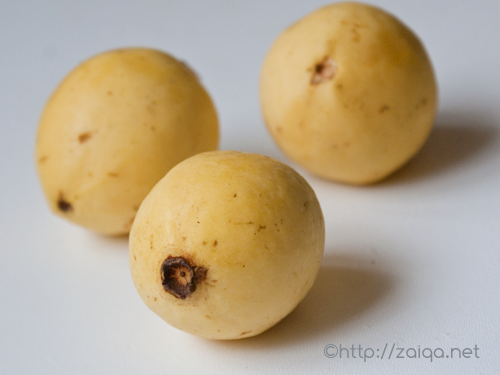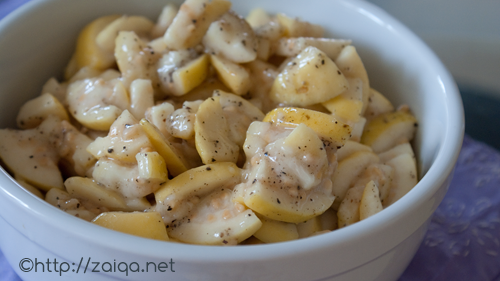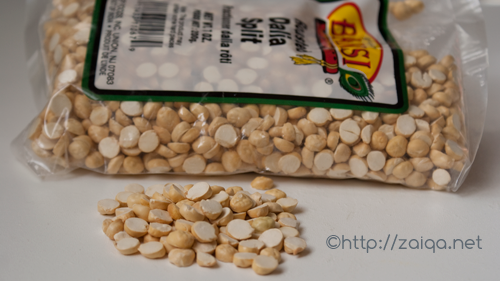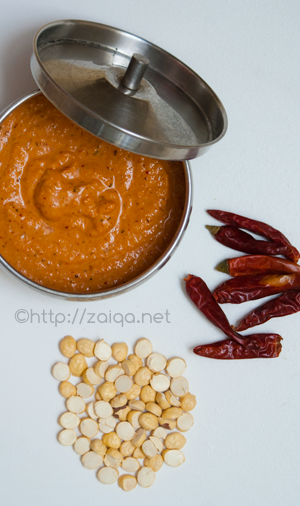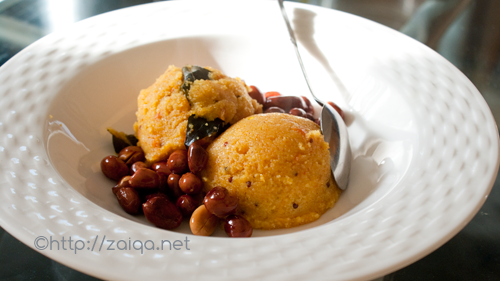Chai shops, bakeries, mithaiwala shops, cart vendors, chat bhandars along the length and breadth of the Indian subcontinent, all sell these magical pastries. Originated and traveled to India possibly from the Middleeast, Samosas are triangular pastries, a popular street food, usually stuffed with minced meat, or a potato mixture. They are the usual appetizers that make their presence at the Nizami Hyderabadi meals, and also enjoyed throughout India and also all over the world by everyone. Samosas are also very famous in Toronto and loved by people here.
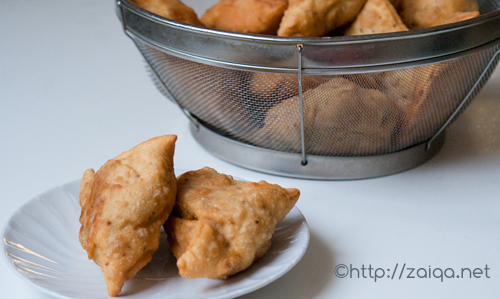
Samosas – ready to be eaten
This classic Indian snack food appears in different avatars and types within the Hyderabad city, and also all over India with minor regional variations, some differing in the fillings used, others varying in shapes. For example Luqmi, a rectangular qimah-minced meat stuffed appetizer commonly eaten in Hyderabad, is a royal cousin of samosa. Other regional variants of samosas include the sambusak, samusak or shingara etc.
Today I had prepared some aloo samosas~potato stuffed pastries that are just as good as the Qimah Samosas – minced meat stuffed samosas. You can even bake them if you wish, bit I like to deep fry and prepare them the way they were supposed to be made. The crisp outer texture of samosa is what I love the most.
Aloo kay Samosay – Potato Stuffed Triangular Pastries
Ingredients:
Canola Oil to deep fry
For Filling:
Canola oil – 2 tbsp
Cumin seeds – 1 tsp
Black mustard seeds – 1 tsp
Fresh Ginger – 1 tbsp, finely grated
Potatoes – 4, peeled and chopped
Carrot – peeled and chopped, 1 cup
Red chilli powder – 1 tsp
Dry roasted Coriander powder – 3/4 tsp
Dry roasted Cumin seed powder – 1/4 tsp
Kasuri methi – 3 tbsp
Salt – 1 tsp
Frozen green peas – 1/2 cup (or) Dried green peas – 1/2 cup, soak them in surplus water overnight and pressure cook until soft the next day, drain and keep aside to use
Lemon juice – 4 tbsp
Garam masala – 1/2 tsp
Cilantro – 2 tbsb, finely chopped
For Covering:
All-purpose flour/Maida – 1 cup
Whole wheat flour/Durum flour – 1 cup
Carom seeds/Ajwain – 1 tsp
Nigella seeds/Kalonji – 1/2 tsp
Canola Oil or Ghee – 2 tbsp
Water
Salt to taste
Method:
1. In a saucepan, heat oil and as soon as it warms up add the cumin seeds, mustard seeds and ginger and let them splutter. In a few seconds add the chopped potatoes and carrots. Add water to cover the vegetables and add red chilli powder, salt, cumin seed powder, kasuri methi and cover with a lid. As soon as the potatoes are done, uncover and add the frozen peas or cooked dried peas, garam masala, chopped cilantro and lemon juice. Cook while stirring until the mixture is dry. Keep aside.

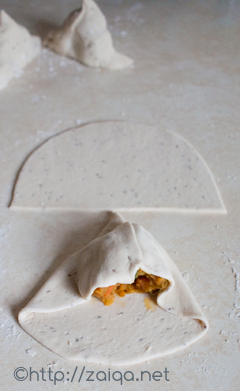

2. Now prepare the dough. Add maida, ajwain, kalonji and salt in a mixing bowl and mix. Add canola oil or ghee and mix well using fingers. Gradually add water and knead to form a smooth and pliable dough. Turn the dough onto a floured work surface and knead until elastic. Cover with a towel and keep aside for 30 minutes for the dough to rest. Later shape the dough into 8 balls and cover them with a towel.
3. One by one roll the balls into thin ovals. Using a pizza cutter or a knife cut each oval in the center into two halves, thus a total of 16 half-ovals will be produced. Cover the rest with a towel while filling others. Take a half-oval and brush half of each straight edge using your fingertip with water. Fold the second half of the straight edge over the fist half to form into a cone. Pinch close the seam. Hold the cone with the open end up and fill the cone with some of the filling. Cut off any excess dough and use it later. Brush one side of the open end with water. Pinch to seal the top edges enclosing the filling. Prepare all the samosas the same way and keep them covered under a towel.
4. Once all are ready, heat oil in a deep saucepan or kadai. To test if the oil is ready to be used, drop a pinch of dough into the hot oil, the dough should come up within a few seconds. Deep fry the samosas a few at a time until golden. Using a slotted spoon remove them into a strainer. Serve warm along with tamarind chutney or ketchup. Once cool, they can even be stored in the refrigerator for 2-3 days and reheated in the oven.
To Bake the Samosa:
After step 4, place the samosas in a greased or non-stick baking tray. Bake in a pre-heated 220° C oven for 20 minutes or until light brown in color. Serve immediately
Note:
1.If you are finding it difficult to enlcose the filling in the dough this way, please head over to Qimah Samosa-Minced meat stuffed samosa where I have explained an easier way to assemble samosas.
2. If there is any left over dough and the filling has been used up, you can make namakpaare out them.
3. If there is any left over filling and the dough has been used up, use the filling to make vegetable curry puffs.
This month Sailaja is on a chaat spree and she is dishing out varieties of chaat items on her blog. Head over her blog to go though them all.
Luv,
Mona

